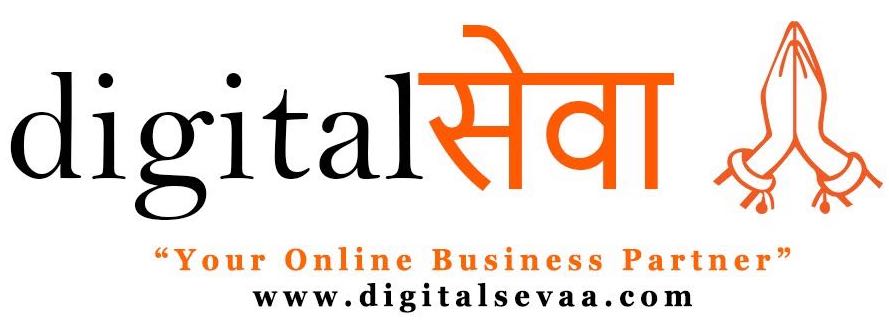In today’s business environment, organisations often get overloaded with complex systems. It may seem like progress while adding new techniques, but the actual value lies in eliminating the unnecessary. Each new system integration introduces challenges, security risks, and technical debt, making management difficult.
Instead of continuously expanding the tech stacks, the focus should be on simplifying operations, reducing complexity, and increasing efficiency and experience for both employees and customers. From the previous experience, I have learned that disgruntled technical adoption leads to high cost, poor security, and disability.
By consolidating the best-in-class solutions, we have reduced the cost, improved safety, and promoted employee experience, driving growth and agility. These changes not only benefit the lower line of the company, but also the operational agility required for development.
Streamlining IT for maximum impact
IT system overload can cause confusion and decreased efficiency. Simplifying these systems improves clarity, increases decision making, and improves better cross-team cooperation. AI can automate repetitive tasks, provide actionable insights, and adapt to workflows, employee satisfaction, and customer experience. It is not only about cost cuts; it is about changing the workflows for easy cooperation. An easy-to-navigate system reduces the time spent on technology, allowing employees to focus on what truly matters—delivering value for both the workforce and the customer.
Focusing on empathy to create better IT solutions
The goal of streamlining is beyond technology, including understanding those who rely on it. Empathy isn’t just a buzzword, it’s a core principle that guides every decision we make as CIOs.
As I want to say, “Before entering someone else’s shoes, take your own first.” This simple change in perspective has helped me prioritise the needs of the employee, ensuring that the technique we apply makes their daily tasks easier than being more difficult.
In India, where AI adoption is skyrocketing, the Freshworks AI Workplace report found that 75% of professionals use AI and generative AI tools to improve their workload, resulting in more positive workdays. This shows how widespread AI’s impact can be when it’s used to streamline work and enhance productivity. When technology serves employees effectively, the entire organisation benefits. By focusing on pain points and simplifying processes, we improve the user experience, enabling employees to contribute more effectively and boosting overall productivity.
Customer and employee-centric thinking
Adopting the mindset of “thinking like your customers” is important to align with business goals. Understanding real-world obstacles enables us to develop technical solutions from the experience of our customers who address the right issues. I have found that using products and technologies internally before getting exposed to customers helps appreciate their potential impact.
Equally important is “thinking like your employees” and making sure that every technology decision aligns with business goals. A study by PWC found that 88% of executives struggle to capture the price from tech investments. Better adoption, skilled workflows, and ultimately, professional purposes are achieved by simplifying procedures and eliminating unnecessary components.
Prioritising impact through streamlined IT operations
Managing an IT department can often feel like a 24-hour job, with frequent demands and concerns at any time. To stay ahead, focus on strategic simplification, including reducing non-essential parts and aligning it with high-value projects. By cutting through noise, organisations can focus on appropriate goals, increase operational efficiency and reduce stress on IT resources.
Efficient IT operations involve more than working early. These include doing the right things and prioritising the effect. This enables teams to remain agile, produce meaningful results, and ensures that it fulfils corporate goals rather than a bottleneck.
Focus on core functions for greater value
Focusing on core IT functions rather than adding layers of complexity is key to transforming IT from a cost center into a strategic business asset. Assessing the technology landscape helps to identify which systems contribute to business and eliminate people who do not. In one of my previous roles, to simplify system architecture, focus on employee needs, and to remove unnecessary complexity, adopting rates, better employee satisfaction and streamlined workflows increased. This approach ensures that it is a strategic property instead of the cost center.
Simplicity drives innovation
This goes beyond streamlining costs or cutting corners, it is about creating a more agile, efficient IT environment that promotes growth and innovation. AI may be able to make large amounts of data, forecast results and make real -time decisions. CIO can promote organisational performance by reducing complexity and focusing on the right tools and procedures. Today’s sharp-trading business in the world is not connecting more layers of technology but simplifying and matching the system with commercial goals. Simple technology can support long -term development and prepare organizations for success in a rapidly complex environment.
(Ashwin Ballal is the Chief Information Officer at Freshworks)
(Disclaimer: The views and opinions expressed in this article are those of the author and do not necessarily reflect the views of YourStory.)










